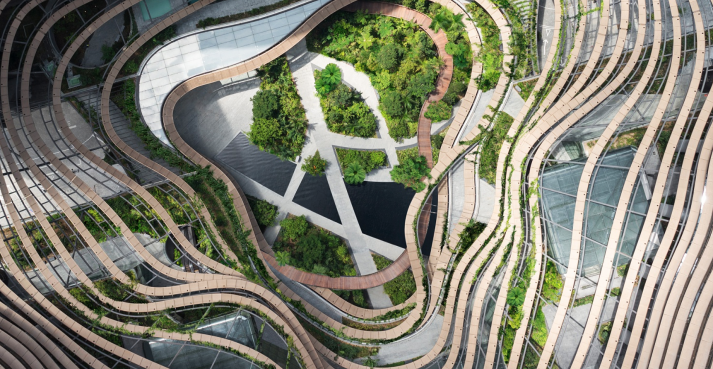Some Known Facts About Landscape Design.
The 5 steps of the layout process include: 1) conducting a website stock and evaluation, 2) establishing your needs, 3) developing practical representations, 4) creating theoretical design strategies, and 5) drawing a last design strategy. The initial three steps establish the visual, useful, and horticultural demands for the design. The last 2 steps then use those needs to the production of the final landscape strategy.
This is an essential action for both plant selection and placement and situating household activities and features. It is very important since the same climate conditions that affect the plantstemperature, humidity, rainfall, wind, and sunlightalso impact you, the individual. The next action is to make a listing of your requirements and desiresthis helps you determine how your yard and landscape will be utilized.
The useful representation is after that used to find the task areas on the site and from this representation a theoretical plan is established. The last step is a final design that consists of all the hardscape and planting details that are necessary for installment. Throughout the design process there are 10 essential things to think about: for plant choice and task place by considering what you want and need to assist determine shapes and organize spaces by assigning activity areas and connecting with components for both the setting and the customer by utilizing massing and layering methods such as shift areas and focal factors in the products, the colors, and the surface textures for the growth and upkeep of plants by using sustainable design practices A thorough inventory and evaluation of the website is essential to figure out the ecological problems for plant growth and the very best use the website.
Landscape Design - An Overview
It is always best to make use of plants that will certainly flourish in the existing dirt. Where plants expand well, keep in mind the soil conditions and use plants with similar growing requirements.

Sun/shade patterns, the quantity and size of direct exposure to sunlight or color (Figure 1), develop microclimates (occasionally called microhabitats) - Landscape Design. Recording website problems and existing greenery on a base map will expose the area of microclimates in the lawn. Plants typically fall right into 1 or 2 of four microclimate categories-full sunlight, partial shade, shade, and deep shade
The 6-Minute Rule for Landscape Design
Figure 1. Sunlight and shade patterns. Credit History: Gail Hansen, UF/IFAS It is important to news note all the status quo on an exact base map when doing the website inventory (Number 2). Energies such as power lines, sewage-disposal tanks, underground utilities and roofing system overhangs identify plant area. Use a surveyor's plat of your residential or commercial property for the borders and place of your home.


Budget plan concerns consist of the materials, initial installment expenses and the on-going upkeep prices. Establish the time and money you are eager to take into keeping the plants and hardscape-be sensible concerning your intentions and capability. Number 3. Existing usage areas. Debt: Gail Hansen, UF/IFAS Number 4. Proposed usage locations. Credit History: Gail Hansen, UF/IFAS There are various landscape style motifs- from easy to facility, however it is valuable to select one to direct your plant and product option.
Many individuals discover it practical to look in horticulture magazines and publications for concepts. This is a good begin, but know that the gardens in the photos were picked due to the fact that they are impressive instances. Check out the pictures with an important eye to gather concepts you could try here that you can adjust to your enthusiasm degree, your budget plan and your website.
Determine if you desire to open your backyard, close your lawn, or a little of both, to these sights (Landscape Design). To put it simply, do you want the yard to enclose the room around you and associate mostly to the residence, or do you desire the yard to open sights and look external, associating with the surroundings? This will certainly offer you a starting point to consider a motif
The Ultimate Guide To Landscape Design
Every garden needs to have a type motif, yet not all gardens have a design theme. Lots of household yards have no certain style except to blend with the residence by repeating details from the design such as products, shade, and type.
In a kind theme the organization and shape of the areas in the backyard is based either on the shape of your home, the shape of the locations between your home and the home borders, or a preferred form of the home owner. The type theme figures out the form and company (the format) of the areas and the web links between them.

Comments on “What Does Landscape Design Do?”